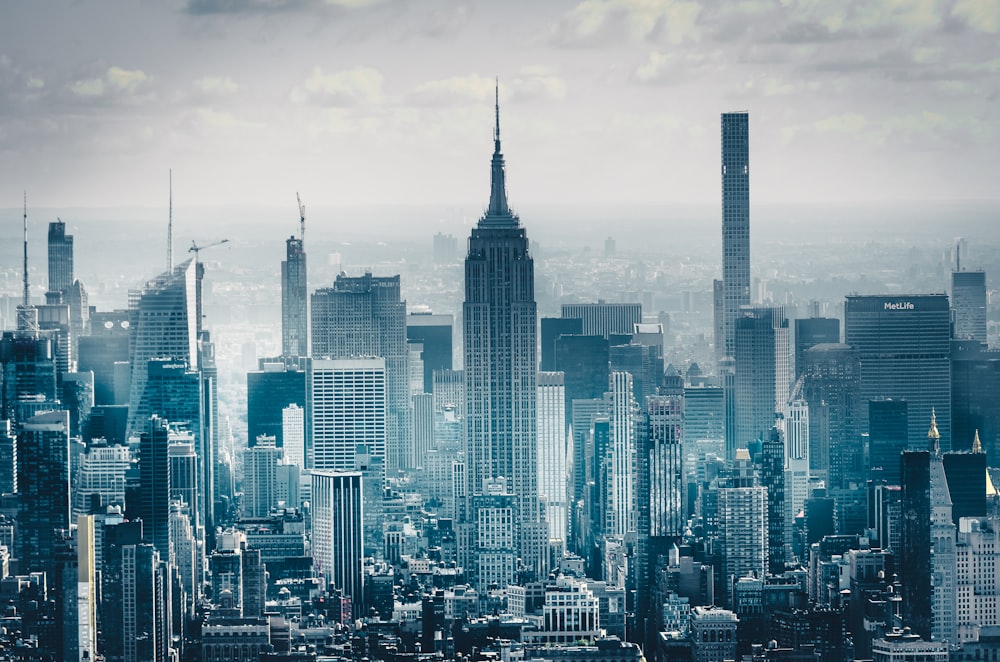Nowhere
McDonald’s prides itself on the fact their hamburgers taste identical no matter where in the world you are; Bombay or Barcelona, Milan or Madrid, you are guaranteed an entirely replicable experience. Looked at from one angle, this is a wonderful example of uniformity and consistency. From another angle, it is the deletion of local flavour and uniqueness, extinction of difference between one place and another.
The principles behind McDonald’s business model can be found elsewhere. Once upon a time, architects had no option but to source materials that were natural and local. This is why the cedarwood homes of Swiss villages and the terracotta tiled roofs of Bologna are so distinctive. Building was dependent on a local time and place, and therefore had a local flavour. But, with the development and use of steel, glass, and concrete on grand scales, these local flavours disappear. One benefit of local materials is they help orient you to a particular place. But with steel, glass, and concrete, buildings in Frankfurt resemble those in Tokyo, Manhattan, and Melbourne. Once buildings look like they can be anywhere, they make you feel like you are nowhere.

This same issue applies to the ‘cookie-cutter’ Metricon homes and estates built on the urban fringe. Every single home looks the same. Without going inside, you know what to expect: white walls, built-in LED lights, a stone slate kitchen-island bench, and this deep, pervading sense of emptiness as you walk into a property that looks like it was designed for capital accumulation, not for people. The feeling that you could be in any building makes you feel like you are in no building. It feels like a template, not a home. It will be one home in an estate among many, are you in Epping or Cranbourne, Pakenham or Kalkallo? Differences become, as Herbert Marcus writes, ‘flattened out’ and the world begins feeling increasingly one-dimensional.

The commodities we buy suffer from a similar ‘flattening out’ or more pointedly, deletion of uniqueness. In his essay The Work of Art in the Age of Mechanical Reproduction, Walter Benjamin notes the mass-produced commodities, like McDonald’s burgers or Metricon homes lack the element of ‘time and space’. Just as Metricon homes and skyscrapers lack geography, our phones, laptops, clothes, and furniture lack history. They are just reproductions among reproductions, infinitely exchangeable with each other and therefore, lacking a transcendent value that might prompt us to possess them for longer than 6 months. In contrast, on my father’s workbench sits a pencil holder I produced as a small child. It is utterly unique, an original, and because of this, it is irreplaceable. It is filled with history. But most of what we own lacks history. They are just machine-made commodities, destined for the rubbish bin eventually. That is, they have no future because they have no past.
We are immersed in a society that operates without a tangible sense of time and place, of history and geography. The result is a feeling of not really being at home. After all, if everywhere is like anywhere, and everything is like anything; you do not feel like you are everywhere with everything, you feel like you are nowhere with nothing. This is merely to indicate that the places we live and the things we surround ourselves with determine to a significant extent the type of people we are.
The rootlessness that seems to be the cause of so much contemporary malaise and ennui could be rectified if, rather than focusing on brutal functionalism and mechanical reproduction, we instead cultivated a sense of time and place in our buildings, our art, our food, our clothes, and (within reason), the everyday items we use. The solution then, as Benjamin Barber notes in his book Jihad vs. McWorld, is living beyond the homogenous one-dimensional world of contemporary capitalism and instead, creating culture that makes things meaningful, rather than just cheap.
A friend recently made a similar point about a trend of homogeneity she noticed in Europe, with cities being standardized to cater to tourists. While global connectedness and interconnectivity allows for increased information flows, it also creates the risk of degrading the uniqueness of several rich and distinct cultures around the globe
LikeLike